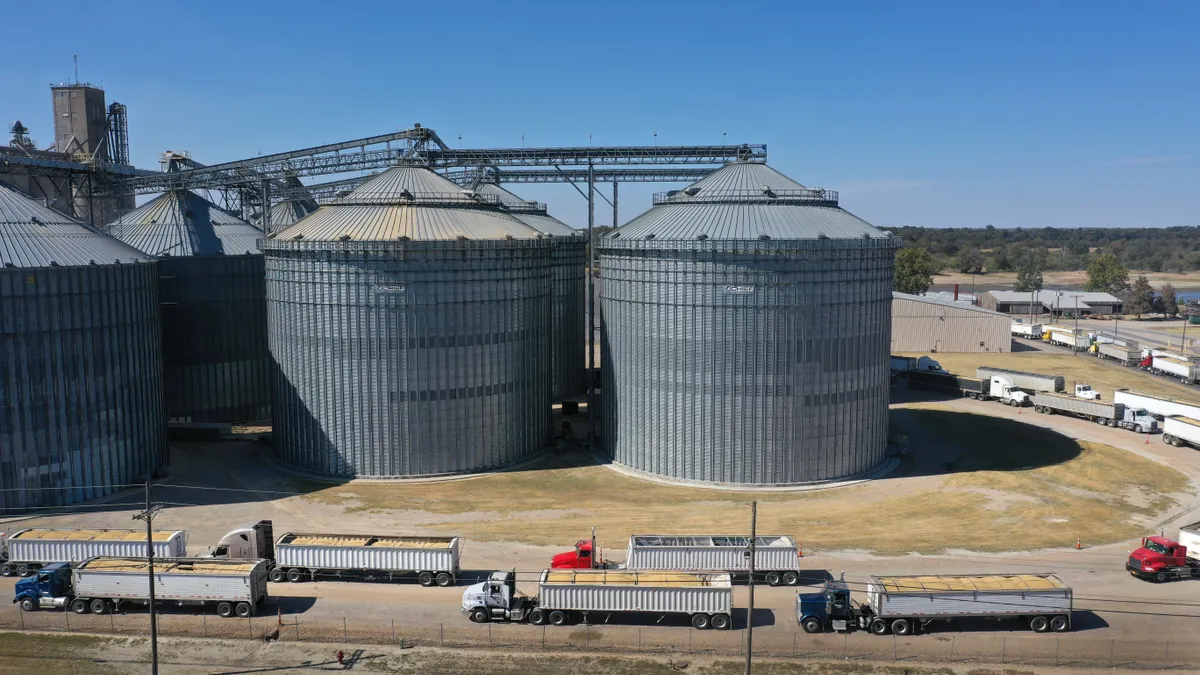A shrinking Mississippi River is clogging a critical shipping artery for the second consecutive year and could leave farmers with limited options to transport grains as they enter the harvest season.
River levels near Memphis as of Oct. 3 were about two feet lower than this time last year, and preliminary data shows the area reached an all-time record low stage last month at -10.97 feet. Levels are so low that salt water has begun to infiltrate the river, pushing the Biden administration to declare a state of emergency with drinking water at risk.
“Right now, when you look at our drought conditions in the United States, it’s very angry looking. Any kind of precipitation that does occur will largely be absorbed by the ground,” Mike Steenhoek, executive director of the Soy Transportation Coalition, said during an Agri-Pulse webinar late last month. “So unfortunately we could see the issue become more concerning.”
Conditions are already near or worse than they were last year, when barges were stranded aground and spot freight prices skyrocketed to all-time highs. American Commercial Barge Line said it was losing 16.5 boats per day the week of Oct. 6 due to deteriorating river conditions.
While freight rates have jumped, lower export sales and preemptive planning by barge companies and the U.S. Army Corps of Engineers could keep prices below what they were last year. Still, spot rates at St. Louis were $52.91 a ton as of Sept. 26, up 6% from last year and 115% from the previous three-year average, according to the U.S. Department of Agriculture.
Around 60% of U.S. grain exports are moved on the Mississippi River to the Gulf of Mexico, and traditionally low transportation prices have allowed farmers to remain competitive against other countries despite higher costs of labor and production.
As barge prices rise, farmers may either have to find other places to send their grain or wait until river conditions improve, which would force them to compete with low-cost producer Brazil.
In the Upper Midwest, farmers have better chances of shifting their grain to domestic crushing facilities, especially given the rising demand for sustainable fuel, Steenhoek said. However, in the South, where crushing capacity is more limited, “your options are deliver to the river or deliver to the river.”
“One of the lessons that was reiterated last year and certainly echoing this year, is the importance of having [other] options,” Steenhoek said.











